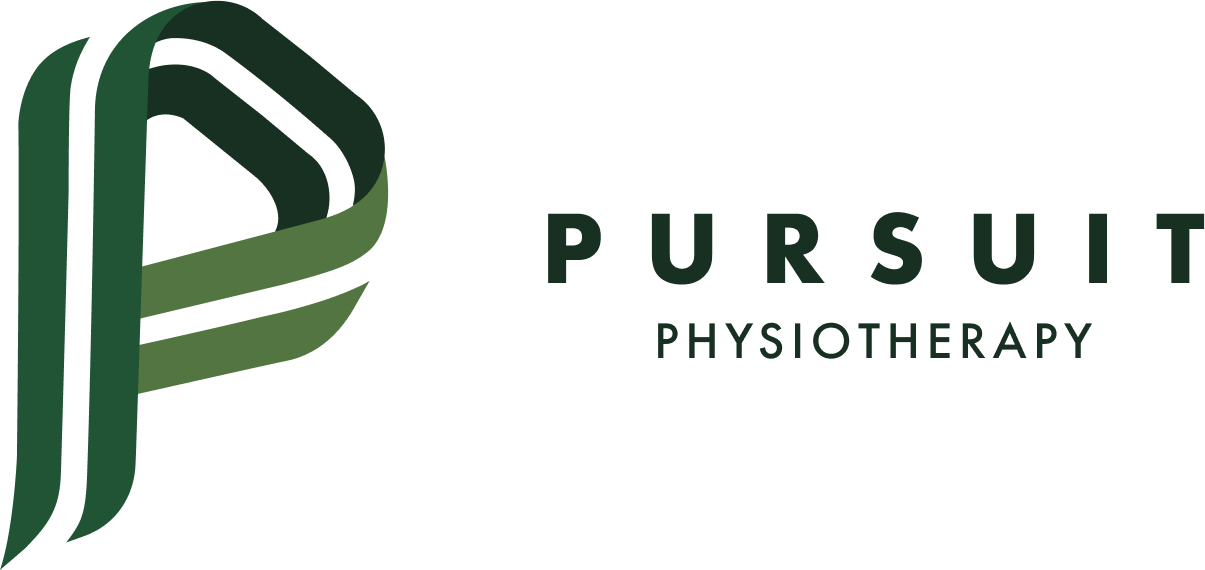Desk Jobs: The Hidden consequences of Sitting for Too Long
In our modern world, the average person spends a significant portion of their day sitting, especially those in desk-bound jobs. While sitting might seem harmless, prolonged periods in this position can have serious repercussions on your spine and overall health. Understanding these effects and taking proactive measures to mitigate them is crucial for maintaining a healthy body.
How Desk Jobs Can Undermine Your Health
The Impact of Prolonged Sitting on the Spine
When you sit for extended periods, several parts of your spine can be challenged:
Lumbar Spine (Lower Back):
Prolonged sitting can lead to reduced blood flow and increased pressure on the lumbar discs. This can cause lower back pain and increase the risk of herniated discs.
Thoracic Spine (Mid-Back):
Slouching or poor posture while sitting can result in kyphosis, an excessive outward curvature of the thoracic spine. This can cause pain and stiffness in the upper back and shoulders.
Cervical Spine (Neck):
Looking down at screens for long periods can strain the cervical spine, leading to conditions like “tech neck,” characterized by neck pain, stiffness, and headaches.
Symptoms of Prolonged Sitting
Common symptoms experienced due to prolonged sitting include:
• Chronic back pain, particularly in the lower back.
• Stiffness and reduced mobility in the thoracic region.
• Neck pain and headaches.
• Poor circulation, leading to swelling in the legs.
• General muscle fatigue and weakness.
Preventive Measures: Improving Thoracic Mobility and Strength
Thoracic Mobility Exercises:
Thoracic Extensions: Sitting in a chair, clasp your hands behind your head, and gently arch backward over the backrest. Repeat several times.
Cat-Cow Stretch: On all fours, alternate between arching your back up (cat) and dropping your belly down (cow). This helps mobilize the thoracic spine.
Thoracic Rotation: While seated, cross your arms over your chest and rotate your upper body to the left and right, holding for a few seconds on each side.
Back Strengthening Exercises:
Superman Exercise: Lying face down, lift your arms, chest, and legs off the ground simultaneously, holding for a few seconds before lowering.
Rows: Using resistance bands or weights, perform rows to strengthen the upper back muscles.
Bridges: Lying on your back with knees bent, lift your hips towards the ceiling, squeezing your glutes and lower back muscles.
Core Strengthening Exercises:
Planks: Hold a plank position, ensuring your body forms a straight line from head to heels.
Dead Bugs: Lying on your back, alternate extending opposite arms and legs while keeping your core engaged.
Leg Raises: Lying on your back, lift your legs towards the ceiling, lowering them slowly without touching the ground.
Preventing Stress and Symptoms of Prolonged Desk Work
Ergonomic Adjustments
Ensure your chair supports the natural curve of your spine.
Adjust your desk and monitor so your screen is at eye level.
Use a footrest if necessary to keep your feet flat on the floor.
Frequent Breaks
Stand up and move around every 30 minutes
Incorporate stretching exercises into your daily routine
Use a sit-stand desk if possible
Mindfulness and Stress Management
Practice deep breathing exercises.
Take short breaks to relax and clear your mind.
Engage in regular physical activity outside of work hours.
The Role of Chiropractic Care
Chiropractic care can be highly beneficial in managing and preventing the negative effects of prolonged sitting. Chiropractors can:
Provide spinal adjustments to alleviate pain and improve range of motion.
Prescribe specific exercises to strengthen and mobilize the spine.
Use techniques like soft tissue manipulation and mobilization to reduce muscle tension and inflammation.
Conclusion
Prolonged sitting and desk work pose significant risks to your spine and overall health, but with conscious efforts to improve posture, enhance mobility and strength, and manage stress, these risks can be mitigated. Finding a Victoria Chiropractor and incorporating regular chiropractic care can further support your efforts in maintaining a healthy spine and preventing chronic pain. Prioritize your spinal health today to enjoy a more active, pain-free tomorrow.


